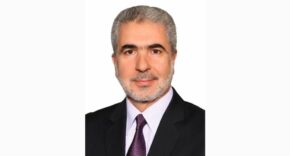With growing administrative costs, Homerton NHS Trust in East London began to use the service of Nuance to help to decrease the turnaround time of clinical letters to save money. Nuance offers medical speech recognition technology. This means that clinicians can create clinical messages using just their voice. With the speech recognition in place, the turnaround time has been cut from 17 days to just two days. Ultimately this has saved the trust over £150,000 per year.
One of the benefits of clinical speech recognition is the fact that clinicians can enter notes into the electronic patient record while the patient is still there. They can then create the letter that they can give to the patient and send electronically to the GP before the patient leaves the clinic.
For the patient, this brings the benefits of faster communication as well as more personalised care and attention. As a result, there are fewer lost or missed appointments. For administrative staff, the technology means they can focus on patient contact rather than working through handwritten notes and getting them onto the system.
Nuance offers a software as a service (SaaS) solution that connects directly to the electronic patient records software. This ultimate help the hospital in their bid to become paperless, not only helping patients and staff but the environment too.
Speaking of the technology, Head of Clinical Information Systems at Homerton University Hospital, Paul Adams said; “Future-proofing such investments has always been critical to us. As we’ve deployed Nuance through the cloud, we will benefit from continuous updates and our clinicians will have instant access to – and can take advantage of – new features and enhancements as soon as they are released,”
The Chief Clinical Information Officer at Nuance, Dr Simon Wallace added; “We worked with the in-house training team to onboard health staff with Dragon Medical One, enabling healthcare staff to develop patient records instantaneously through their speech, build fuller and more accurate reports, as well as freeing up medical secretaries to enhance patient flow and communications.”












